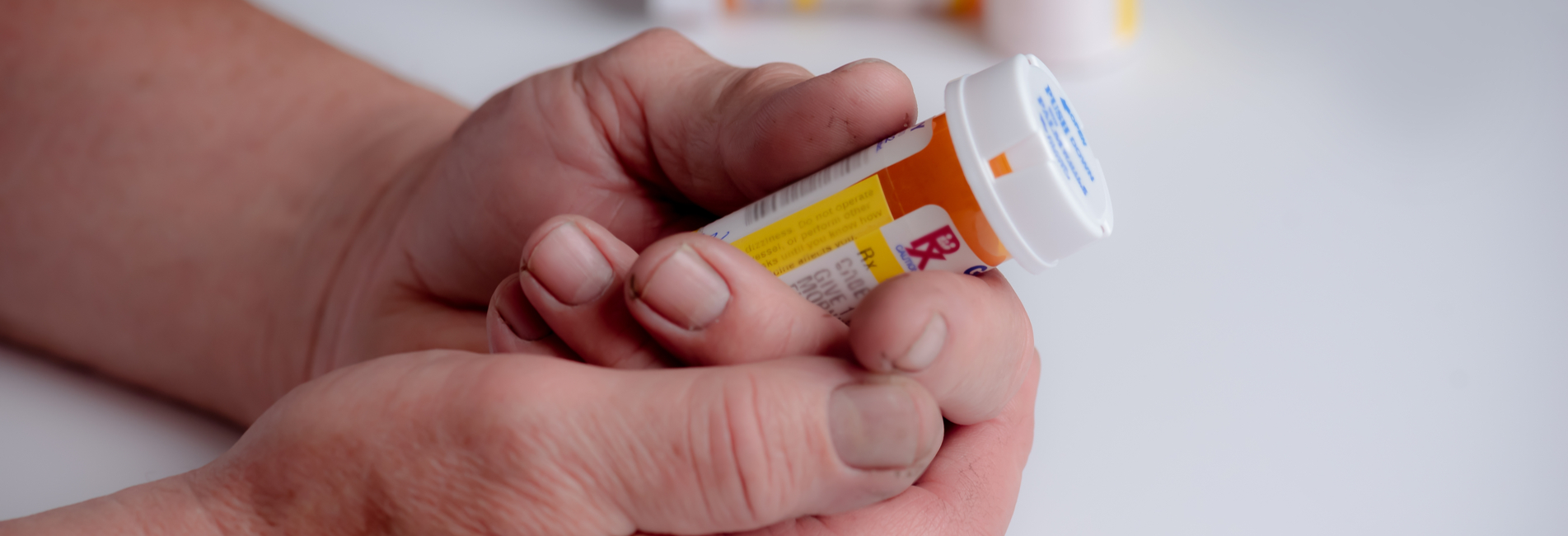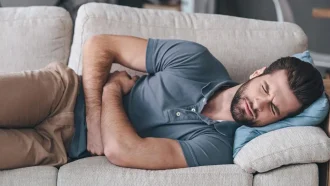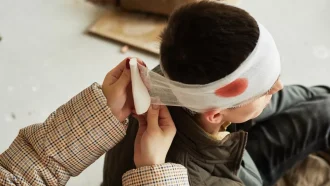How Has COVID-19 Affected Opioid Use & Abuse?
The Link Between the Increase in Opioid Use Disorder and COVID-19
Table of Contents
The risks of the COVID-19 pandemic and the societal changes it has brought have created a significant increase in stress for nearly every American.
Issues of widespread unemployment and the emotional weight of isolation have led to not just an increase in the number of people with mental health problems, but also the number of people who are using and abusing drugs.
This is especially true of opioids, a drug that has been wreaking havoc on American society for well over a decade.
Call Today For More Information On Opioid Use Disorder and COVID-19
Why Are People Turning to Opioids During The Pandemic?
As inherently social beings, a lack of personal interaction has been repeatedly shown to cause significant mental stress for most people.
Stress is one of the most common drug use triggers for active opioid users, those who are in recovery, and even those who have not had an opioid use disorder previously. There is clearly a link between the increase in opioid use disorder and COVID-19.
With recommendations to self-isolate, avoid public gatherings, and stay-at-home mandates, people have found themselves spending an above-average amount of time alone.
In August of 2020, the Centers for Disease Control (CDC), conducted a survey to assess the status of the American public’s mental health in light of the pandemic and compared it to a similar study from the same time in 2019.
Their survey found the number of people reporting symptoms of an anxiety disorder increased from 8.1 percent to 25.5 percent; the number of people reporting symptoms of a depressive disorder increased from 6.5 percent to 24.3 percent; and, the number of people who had considered suicide in the last month increased from 4.3 percent to 10.7 percent.
The CDC study also found that 13.3 percent of people reported having started abusing substances or increased usage for an existing substance abuse problem during the pandemic — especially with an opioid use disorder and COVID-19.
Another major contributor to the increase in opioid use and overdoses has been access to care.
A study conducted by the Addiction Policy Forum found more than a third of people with an active opioid use disorder reported a change in their ability to receive treatment. 14 percent of respondents said they were not able to get addiction treatment service at all.
These changes were due to closing facilities and shifts to telehealth appointments, which at the beginning of the pandemic had restrictions that made treating opioid addictions all but impossible.

How Serious is the Increase Among Opioid Use Disorder and COVID-19?
From the very beginning of the pandemic’s presence in the United States, opioid use had been trending upward.
Public health officials across the country are reporting similar increases in opioid use and overdoses. More than 30 states have reported increases in opioid-related deaths, with a majority of them attributed to illicit fentanyl use.

Learn More About The Increase in Opioid Use Disorder and COVID-19
Ways to Help People Struggling with Opioid Addiction Among the Pandemic
The most critical part of treatment for those with an opioid use disorder is having access to medical treatment. This is because the withdrawal symptoms from stopping opioid use often come with negative effects on both a user’s body and mind.
There are currently three different medications used to help with opioid addiction: Methadone, Buprenorphine, and Naltrexone. Each of these medications works to reduce cravings for opioids, lessen the effects of withdrawal, or prevent someone from getting high if they do take opioids.
When the pandemic began, it was impossible for doctors to prescribe these medications without in-person appointments due to federal regulations.
However, laws have now been changed to accommodate the increase in telehealth visits. Doctors can now begin patients on Buprenorphine treatment without an initial in-person visit. Methadone treatment used to require daily supervised visits for dosing, but stable patients can now take home a 28-day supply, and others can get up to 14 days of doses. And changes to Medicare and Medicaid rules are making it easier for doctors to get reimbursed for these telehealth visits.
Another change that is aiming to help those with an opioid use disorder and COVID-19 is the increase in online therapy options.
Medication for cravings and withdrawal symptoms is only one-half of the solution for opioid addiction. The other half is attending behavioral therapy sessions, both in group sessions and one-on-one sessions.
People are now able to utilize cell phone apps and virtual meeting software to connect with therapy providers, as well as other people in recovery who understand what they are going through.
All of these factors combined make it easier for people who are stuck at home or live in rural areas far from addiction treatment facilities to get the help they need during these difficult times.
24-Hour Opioid Use Disorder Hotline
Payment and Insurance Information
Do you want treatment for opioid use disorder?
Don’t worry – our team of addiction professionals offers free insurance verification to confirm all of the benefits that your insurance policy covers.
We find the ideal treatment that works for you and your financial situation.
Free Insurance Verification for Opioid Use Disorder Programs
How to Get Help for Opioid Use Disorder
Are you or a loved one suffering from addiction?
At Emerald Isle Health & Recovery, we understand it is hard to accept you are struggling with opioid use disorder. But you are not alone.
Our passionate staff customizes an addiction treatment plan so that you can rediscover natural euphoria without relying on opioids or opiates.
Call Emerald Isle Health & Recovery to schedule an appointment to get a fresh start at life today.








